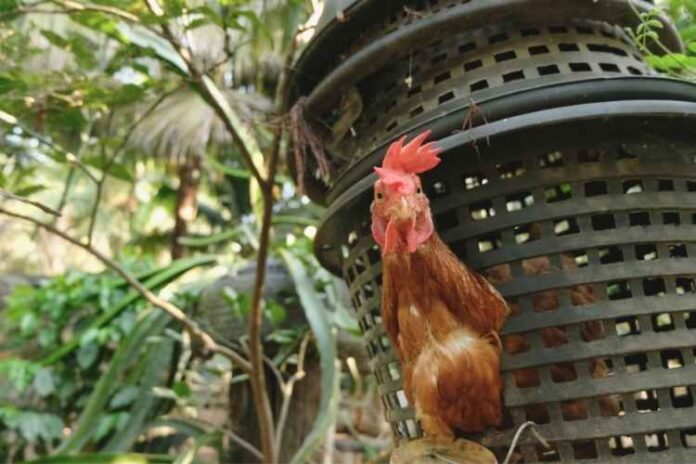Few issues impact humanity like agriculture. How we produce food has serious effects on the planet, as well as our own health.
The good news is there’s a better way to practice agriculture, and it can be done from your backyard. It doesn’t require major investment – you could get started by raising your own food, such as chickens.
Raising chickens will help you stay connected to your food, and having an endless supply of eggs means you will always have healthy food choices.
If you’re wondering how to raise chickens, keep reading – our guide will get you started.
What to Consider
Do you have the space and time to raise chickens? Chickens can live on average from 5-10 years.
You have to budget for both the upfront cost of their housing plus ongoing costs such as food and treating illnesses.
Ask yourself why you want to raise chickens. Are you raising chickens for eggs or for meat?
The why determines what breed of chicken you should choose. Choose a breed with a good temperament. For beginners, Rhode Island Red and Sussex are great choices since both can provide meat and eggs.
The Chicken Coop
The first requirement for raising chickens is a chicken coop, an enclosed home for your chickens. Coops also need a run – the fenced-in part of the coop that allows chickens to access the outdoors. There are many options for buying pre-built chicken coops, or you could build your own.
Inside the coop, you will need roosts, which are perches where the birds sleep at night. You also need nesting boxes.
Nesting boxes are quiet, safe boxes that make hens feel secure, giving them a place to lay their eggs. You should have at least 1 nesting box per 3 hens, but it doesn’t hurt to have more. Nesting boxes can be lined with straw, pine shavings, or sawdust.
Much like chicken coops, you can either build your own nesting boxes or buy pre-built ones.
Other Essentials
Chickens need access to plenty of clean water. Be careful your water sources aren’t too deep – they can pose a drowning risk to chicks.
They also need 3 types of chicken feed, depending on their age:
- Starter feed – for chicks up until 8 weeks old
- Grower feed – 8+ weeks
- Layer feed – 18-20 weeks (as soon as the hens begin laying)
For both water and feed, there are safe and affordable chicken feeders you can purchase.
Chickens also have a couple of other needs. One of these is dust baths, where they cover themselves in dust to clean themselves. DIY dust baths are easy to make.
Chickens also need access to grit, small bits of rocks. Chickens don’t have teeth, so they swallow grit, which stays in their gizzard and helps them grind food. Chickens may find grit on their own, but it’s best to buy additional grit.
Hens also need oyster shells. Oyster shells are high in calcium, which helps hens lay eggs with harder shells.
Follow Our Guide to Raise Chickens
If you’re looking to raise chickens, this guide will get you started. Adult hens start laying eggs around 18-20 weeks old, so once you learn how to raise chickens for eggs, you will be well on your way to fresh eggs in only a few months.
For more great articles, check out the rest of our site.


